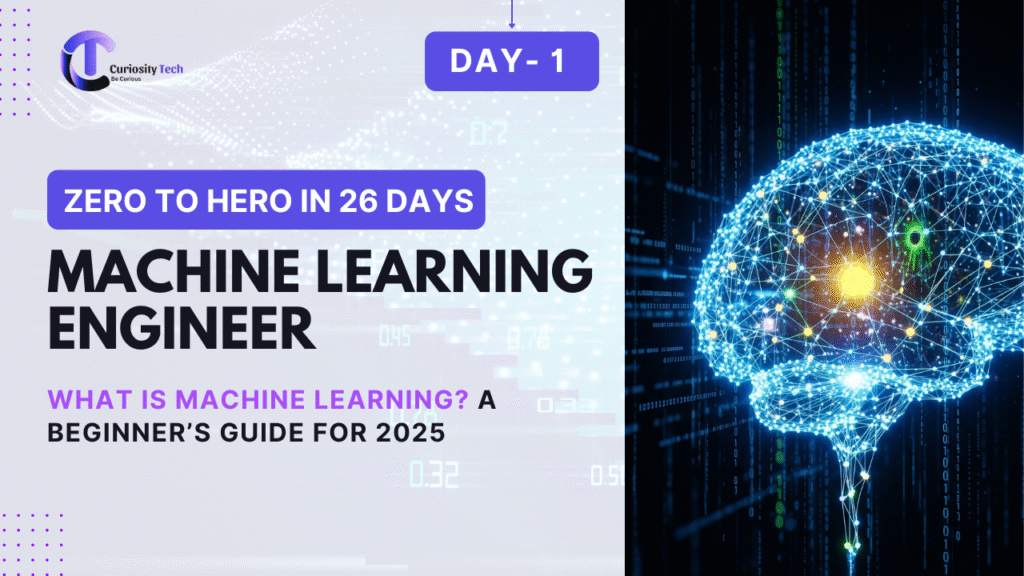The Internet of Things (IoT) is one of the most transformative technologies of the 21st century. By connecting devices, sensors, and systems through the internet, IoT enables seamless communication and data exchange, unlocking unprecedented possibilities in everyday life and business. From smart homes and wearable devices to industrial automation and smart cities, IoT is revolutionizing the way we interact with technology and the world around us.
What is IoT?
The Internet of Things refers to a network of interconnected devices that communicate and share data with each other over the internet. These devices, often embedded with sensors, software, and communication hardware, collect, process, and transmit data to make intelligent decisions or provide valuable insights.
For instance, a smart thermostat in a home can learn user preferences and adjust the temperature automatically, while an industrial IoT system can monitor machinery and predict maintenance needs to avoid downtime.
Key Components of IoT
- Devices and Sensors
IoT devices range from small sensors to complex machines. These devices are equipped with sensors that collect data such as temperature, humidity, motion, or location. - Connectivity
The collected data is transmitted via various communication technologies, including Wi-Fi, Bluetooth, Zigbee, cellular networks, and low-power wide-area networks (LPWANs). - Data Processing and Analytics
The data gathered by IoT devices is analyzed either locally (on the device itself) or in the cloud. Advanced analytics and machine learning algorithms extract meaningful insights from the data. - User Interface
Users interact with IoT devices through interfaces such as mobile apps, web dashboards, or voice assistants. These interfaces provide control and display insights in an intuitive manner.
Applications of IoT
IoT is reshaping multiple sectors, creating smarter and more efficient systems. Here are some of its most prominent applications:
- Smart Homes
IoT-enabled smart home devices, such as smart thermostats, lighting systems, and security cameras, allow homeowners to control their environment remotely. Voice assistants like Amazon Alexa and Google Assistant integrate seamlessly with these devices, making homes more comfortable, secure, and energy-efficient. - Healthcare
IoT is revolutionizing healthcare with wearable devices like fitness trackers and smartwatches that monitor vital signs, detect irregularities, and send real-time data to healthcare providers. Remote monitoring systems and connected medical devices improve patient care and outcomes. - Industrial IoT (IIoT)
In manufacturing and industrial sectors, IoT is driving automation, predictive maintenance, and process optimization. By monitoring equipment performance and predicting failures, IIoT reduces downtime and enhances efficiency. - Smart Cities
IoT is enabling the development of smart cities by connecting infrastructure, transportation, and utilities. Smart traffic management systems, waste collection, and energy-efficient lighting are just a few examples of how IoT improves urban living. - Agriculture
IoT-powered devices are helping farmers monitor soil health, weather conditions, and crop performance. Automated irrigation systems and drones equipped with sensors enhance productivity and sustainability in agriculture. - Retail
IoT enhances customer experiences in retail by enabling smart shelves, inventory management systems, and personalized shopping experiences. Beacon technology can guide customers through stores and offer tailored promotions. - Transportation and Logistics
IoT is transforming transportation with connected vehicles, fleet management systems, and smart logistics. GPS trackers and IoT sensors help optimize delivery routes, monitor vehicle health, and ensure timely shipments.
Benefits of IoT
- Improved Efficiency
IoT automates routine tasks, reducing human intervention and improving operational efficiency in industries, homes, and businesses. - Cost Savings
By enabling predictive maintenance and optimizing resource usage, IoT reduces costs for businesses and consumers alike. - Enhanced Decision-Making
IoT generates real-time data and actionable insights that empower businesses to make informed decisions. - Personalization
IoT tailors services to individual preferences, creating personalized user experiences, whether in smart homes, healthcare, or retail. - Increased Safety and Security
IoT enhances safety with applications like connected security systems, industrial safety monitoring, and vehicle collision avoidance systems.
Challenges in IoT
While IoT offers immense potential, it also presents significant challenges:
- Data Security and Privacy
With so many devices connected to the internet, ensuring the security of data and protecting user privacy are critical concerns. Cyberattacks and data breaches pose risks to IoT networks. - Interoperability
The lack of standardization in IoT devices and protocols can hinder seamless integration and communication between devices. - Scalability
Managing and scaling large IoT networks can be complex, especially as the number of connected devices grows. - Energy Consumption
IoT devices require power, and energy efficiency is a challenge, particularly for battery-operated devices in remote locations. - Data Overload
The massive volume of data generated by IoT devices can overwhelm systems if not managed and processed effectively.
The Future of IoT
The Internet of Things is set to become even more pervasive in the coming years, driven by advancements in technologies like 5G, edge computing, and artificial intelligence. Future trends in IoT include:
- Edge Computing
Instead of sending all data to the cloud, edge computing processes data closer to the source, reducing latency and improving real-time decision-making. - Integration with AI and Machine Learning
AI and machine learning will play a crucial role in making IoT systems smarter, enabling predictive analytics and autonomous decision-making. - Smart Grids and Energy Management
IoT will be instrumental in creating smart grids that optimize energy production and consumption, supporting the shift towards renewable energy sources. - Expansion of Wearable Technology
Wearables will continue to evolve, offering more advanced health monitoring and fitness tracking capabilities. - Autonomous Vehicles
IoT will be integral to the development of connected and autonomous vehicles, enabling vehicle-to-vehicle (V2V) and vehicle-to-infrastructure (V2I) communication.
Conclusion
The Internet of Things is transforming the way we live, work, and interact with the world. Its applications span across industries, enhancing efficiency, convenience, and safety. While challenges such as security and interoperability remain, the future of IoT is bright, promising a more connected and intelligent world. For businesses and individuals alike, embracing IoT is no longer an option—it’s a necessity in the digital age.

